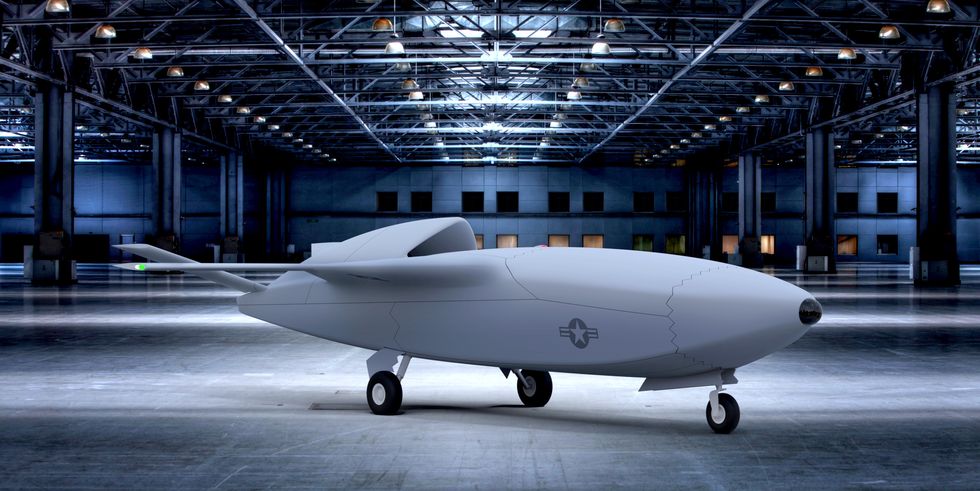WHY THIS MATTERS IN BRIEF
The future of warfare will increasingly be autonomous and AI driven, and SkyBorg is another step on the road to realising that future.
 Interested in the Exponential Future? Join our XPotential Community, connect, watch a keynote, or browse my blog.
Interested in the Exponential Future? Join our XPotential Community, connect, watch a keynote, or browse my blog.
When it comes to developing future weapons the US Air Force is up to all sorts of things, including turning some of its older fighter jets into some of the worlds largest and most lethal drones. Now the USAF have announced they’re planning on developing a prototype autonomous Unmanned Combat Air Vehicle (UCAV) as an Early Operational Capability as early as 2023.
The program, nicknamed Skyborg, has already issued a Request For Information (RFI) to industry “to conduct market research and concept of operations analysis,” and to find out what commercially available technologies already exist that they can use to meet the program’s requirements and get it up and operational.

USAF concept of the SkyBorg drone. Courtesy: USAF.
“We did a lot of work to determine what to put into the [request],” Ben Tran, Skyborg program manager, said in a statement. “We’ve been given the overall objective to have an early operational capability prototype fielded by the end of calendar year 2023, so this is our first step in determining what the current state of the art is from a technology perspective and from a systems engineering perspective to provide that EOC capability in 2023.”
These unmanned air vehicles are plausible methods for bringing mass to the fight when it comes to facing potential near-peer engagements, added Tran.
“We also know there is heavy investment by our near-peer adversaries in Artificial Intelligence (AI) and autonomy in general. We know that when you couple autonomy and AI with systems like low-cost attritables, that can increase capability significantly and be a force multiplier for our Air Force and so the 2023 goal line is our attempt at bringing something to bear in a relatively quick time frame to show that we can bring that kind of capability to the fight,” explained Tran.
Meanwhile, Maj. Ryan Carr, from AFRL’s Aerospace Systems Directorate, said he is excited by machine learning’s development over the years and is seeking to see how it can be applied safely to the airforce.
“We expect that technology will continue to mature fairly rapidly. What we really need to understand is, ‘How do you take that and do something like bring it to the real world and fly with it for example?’ The thing we’re trying to get at early on is how to do that safely. We’re talking about run-time assurance, working hand-in-hand with the flight test community who have a very long record of safe flight testing. That’s really what we want to focus our attention on in this early period,” Carr concluded.
















